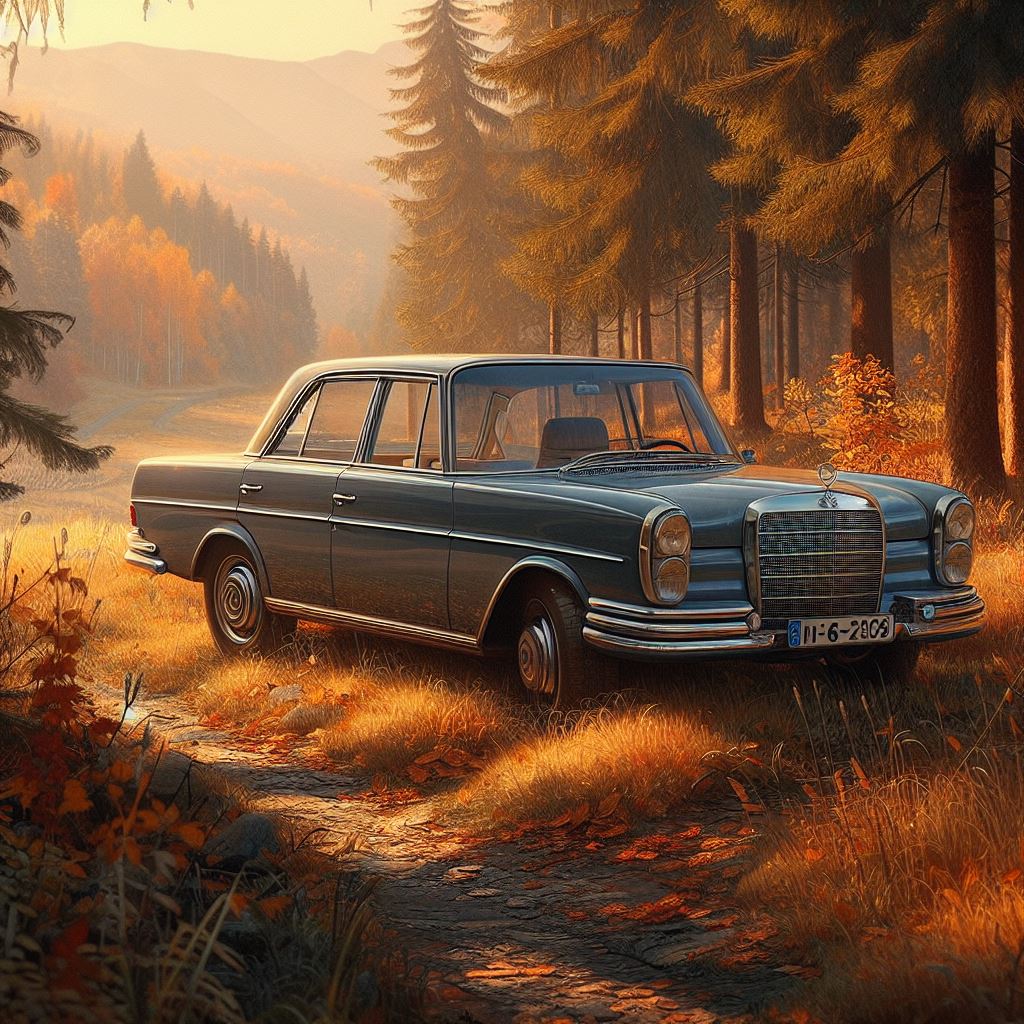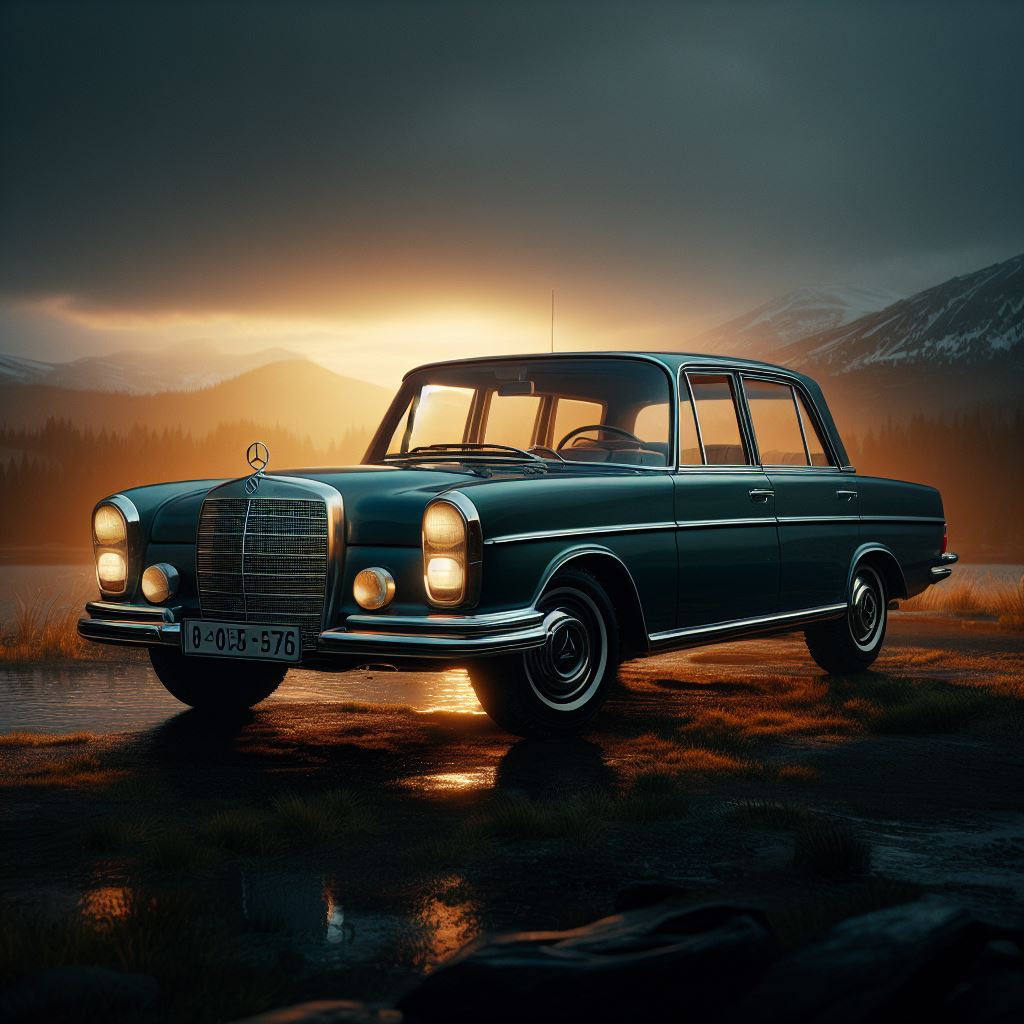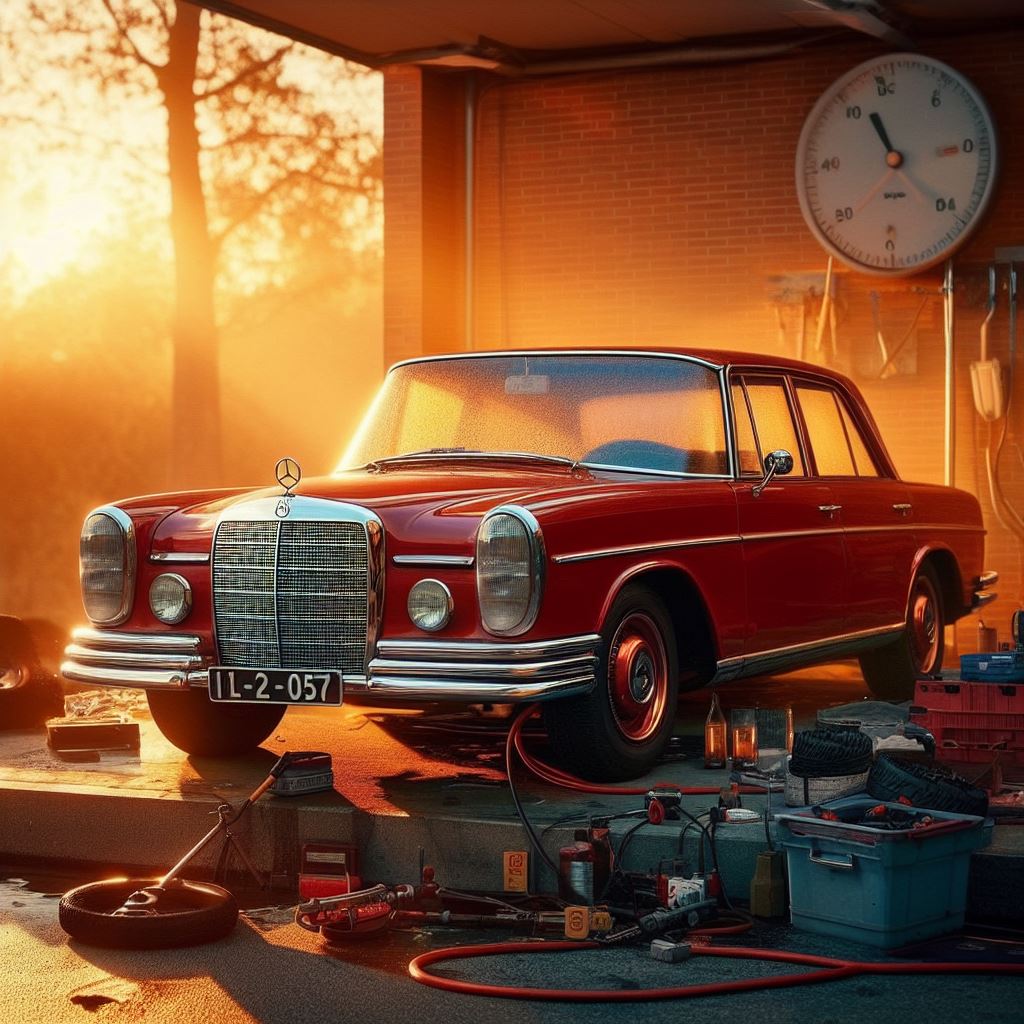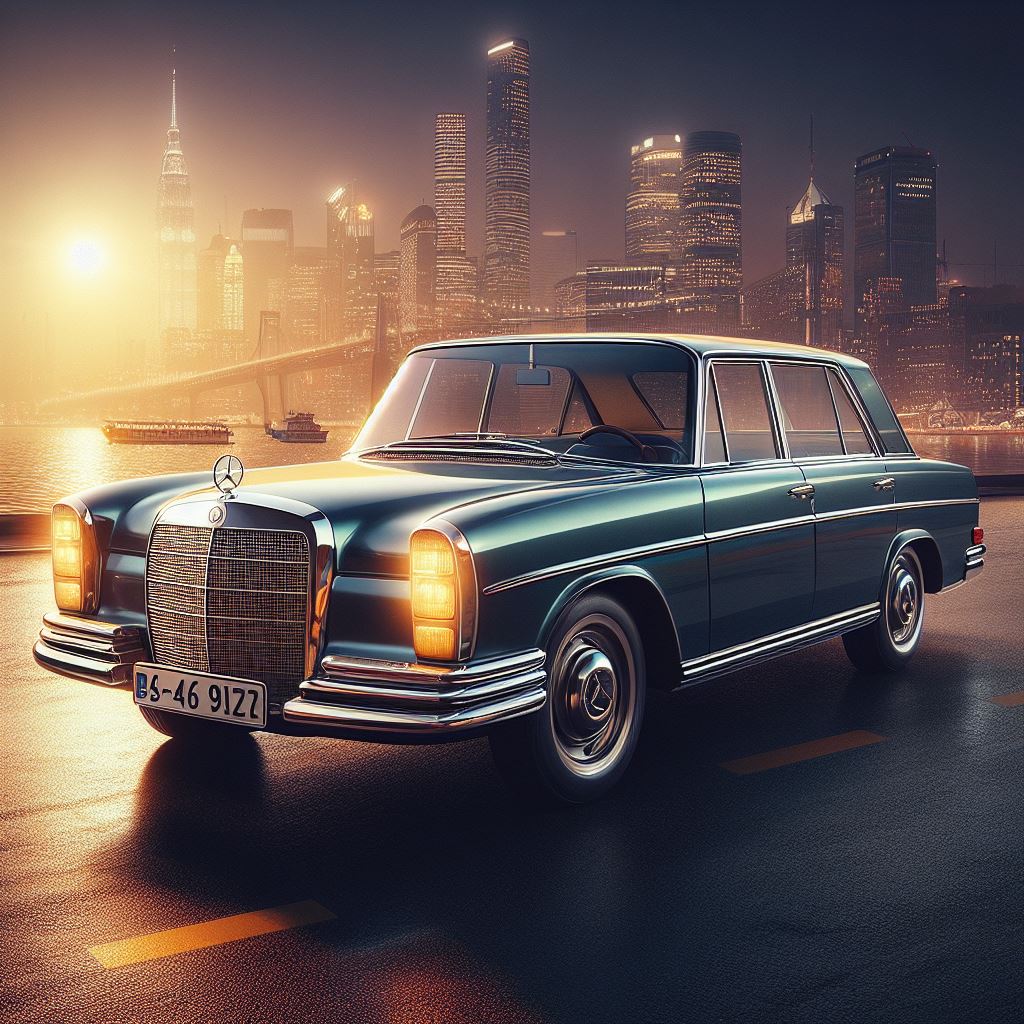The Mercedes-Benz W108/W109, a model series that graced the automotive landscape from 1965 to 1972, was nothing short of a testament to luxury, design, and innovation. This line of large, opulent cars took the mantle from the "Fintail" sedan range and introduced the world to an era of sophistication and elegance. Designed by the renowned Paul Bracq, the W108/W109 featured sleek, three-box styling that did away with the somewhat controversial fins of its predecessor, the W111 "Heckflosse."
The Range of W108/W109
At its debut, the W108/W109 offered a trio of short-wheelbase models, each equipped with a straight-six engine. The lineup included the 250S, 250SE, and 300SE, showcasing the marriage of performance and luxury. The long-wheelbase W109 introduced the 300SEL, boasting self-leveling air suspension, setting new standards in ride comfort and sophistication.
In 1967, the 250S and 250SE gracefully stepped aside to make room for the upgraded 280S and 280SE models. The 300SE made its exit, while the 300SEL inherited the 280's new 2.8-liter engine.
The Pinnacle: The 300SEL 6.3
The apex of the W108/W109 series came in the form of the 300SEL 6.3, a car that was nothing short of extravagant. With a powerful 6.3-liter V8 engine derived from the 600 model, the 300SEL 6.3 achieved a jaw-dropping 0-60 mph (0-96 km/h) time of just 6.3 seconds. It was, without a doubt, the flagship model in the Mercedes lineup, often hailed as the world's finest car and the fastest production saloon.
V8 Power for the American Market
Recognizing the need for a V8 engine to cater to the American market, Mercedes introduced a 3.5-liter V8 engine in 1970. A year later, the 4.5-liter V8 joined the lineup, exclusively for the U.S. market. These engines, marked by the 280 and 300 designations, would later be succeeded by the W116.
Sophistication and Innovation
The W108/W109 series incorporated various refinements, setting new standards in vehicle equipment. The 300SE and 300SEL, in particular, boasted features like burled walnut dashboards, automatic transmissions, and power windows. The 300SEL 4.5 was equipped with an advanced 4.5-liter V8 engine that would find its place in the W116 S-class and R107 SL roadster, while the 3.5-liter unit would also see further use.
Transmission Options
Mercedes-Benz offered a range of transmission options, setting them apart from their European counterparts. The four-speed manual gearbox was standard for Europe, while a four-speed automatic was also available. Additionally, the six-cylinder models introduced a five-speed manual gearbox in 1969, although it was not a popular choice among buyers.
For the V8-engined models introduced in 1970, the default transmission was the four-speed automatic, driven via a fluid flywheel. However, customers had the option of choosing a four-speed manual gearbox and even received a price reduction for doing so. The 4.5-liter version, exclusive to the USA from 1971, was paired with a three-speed automatic with a torque converter, a combination that would continue in the successor model.
The Mercedes-Benz W108/W109 models marked an era of automotive luxury, performance, and innovation. From the unmistakable design of Paul Bracq to the powerful engines and a wealth of features, these vehicles left an indelible mark on the automotive world, defining an era of sophistication and elegance.








